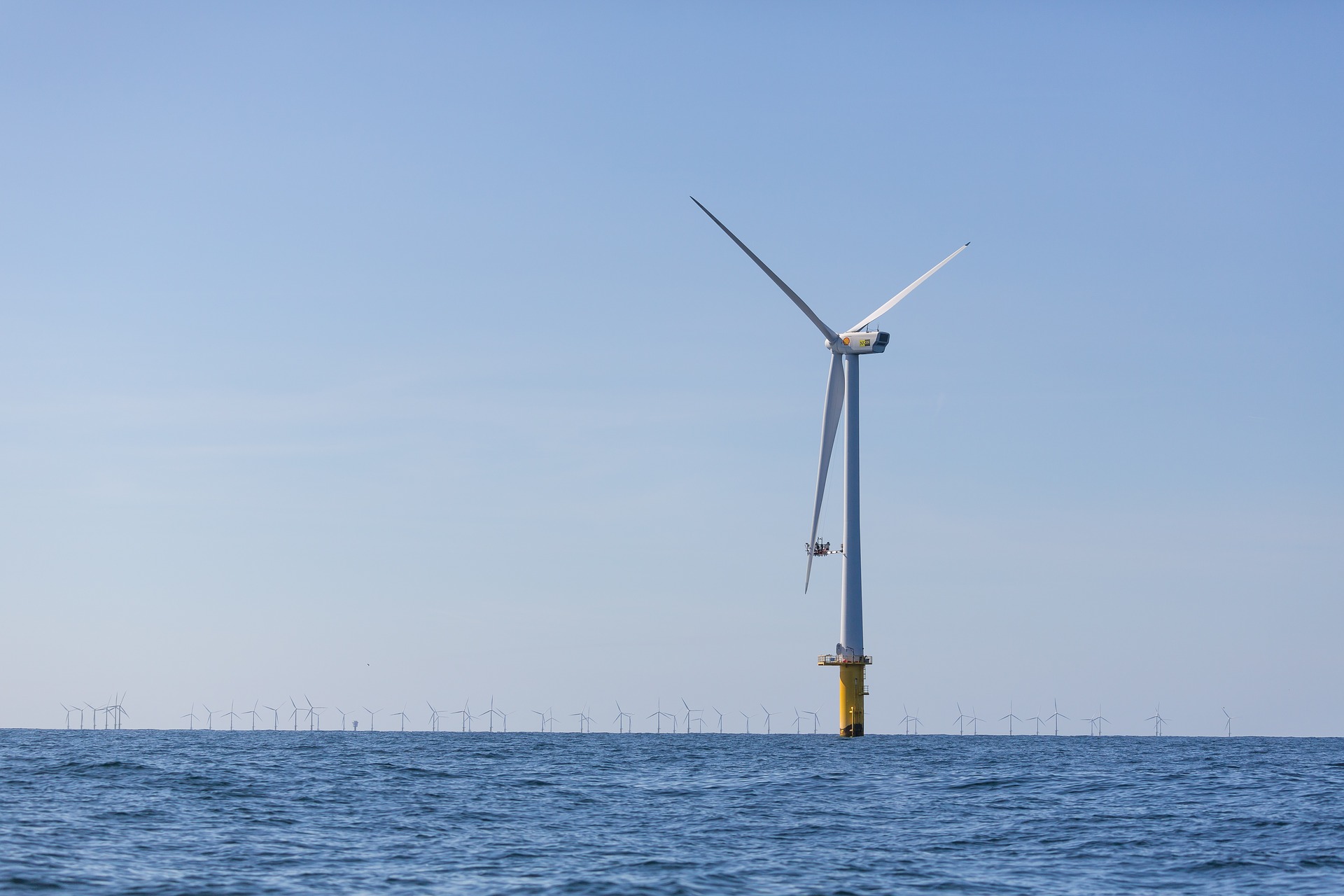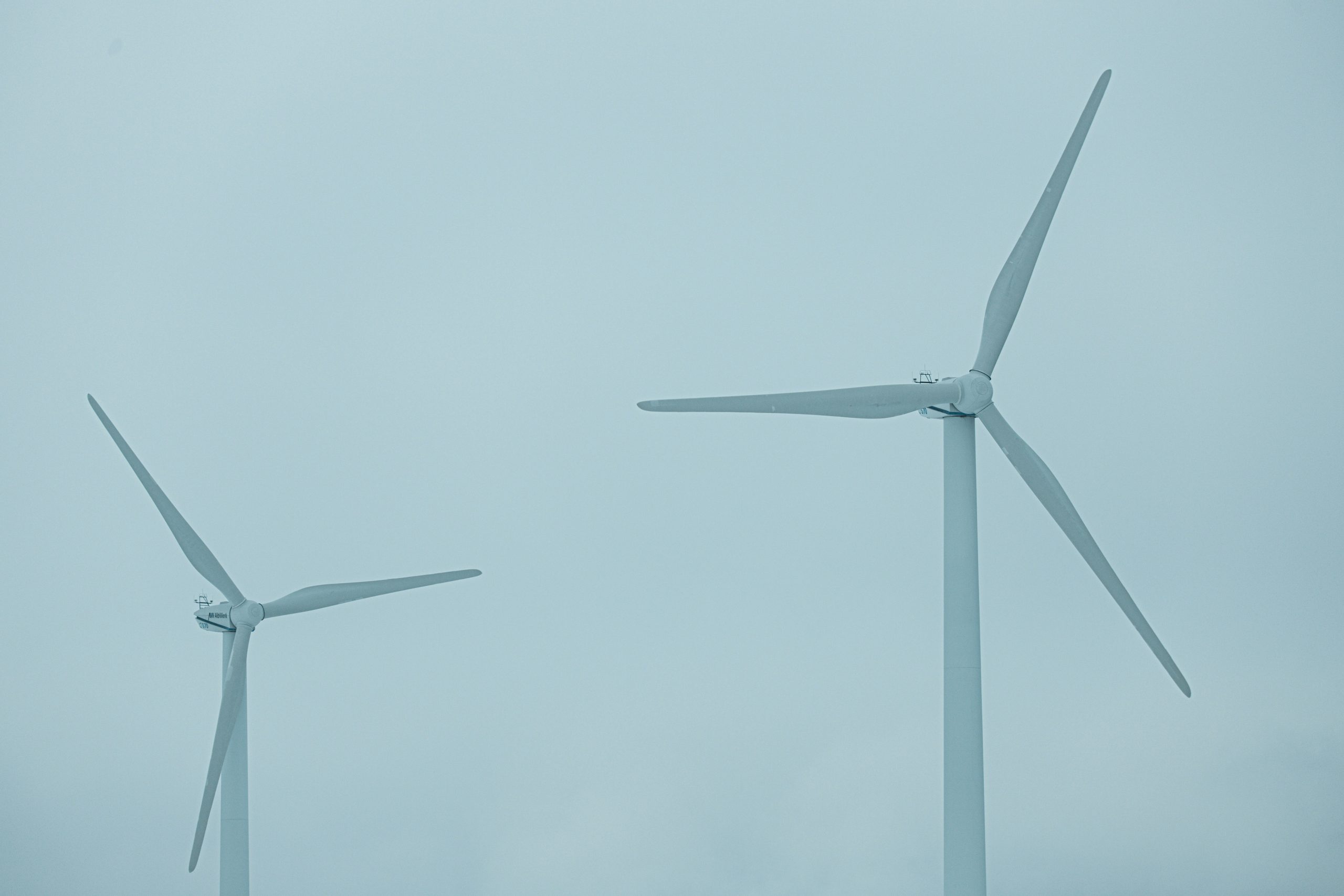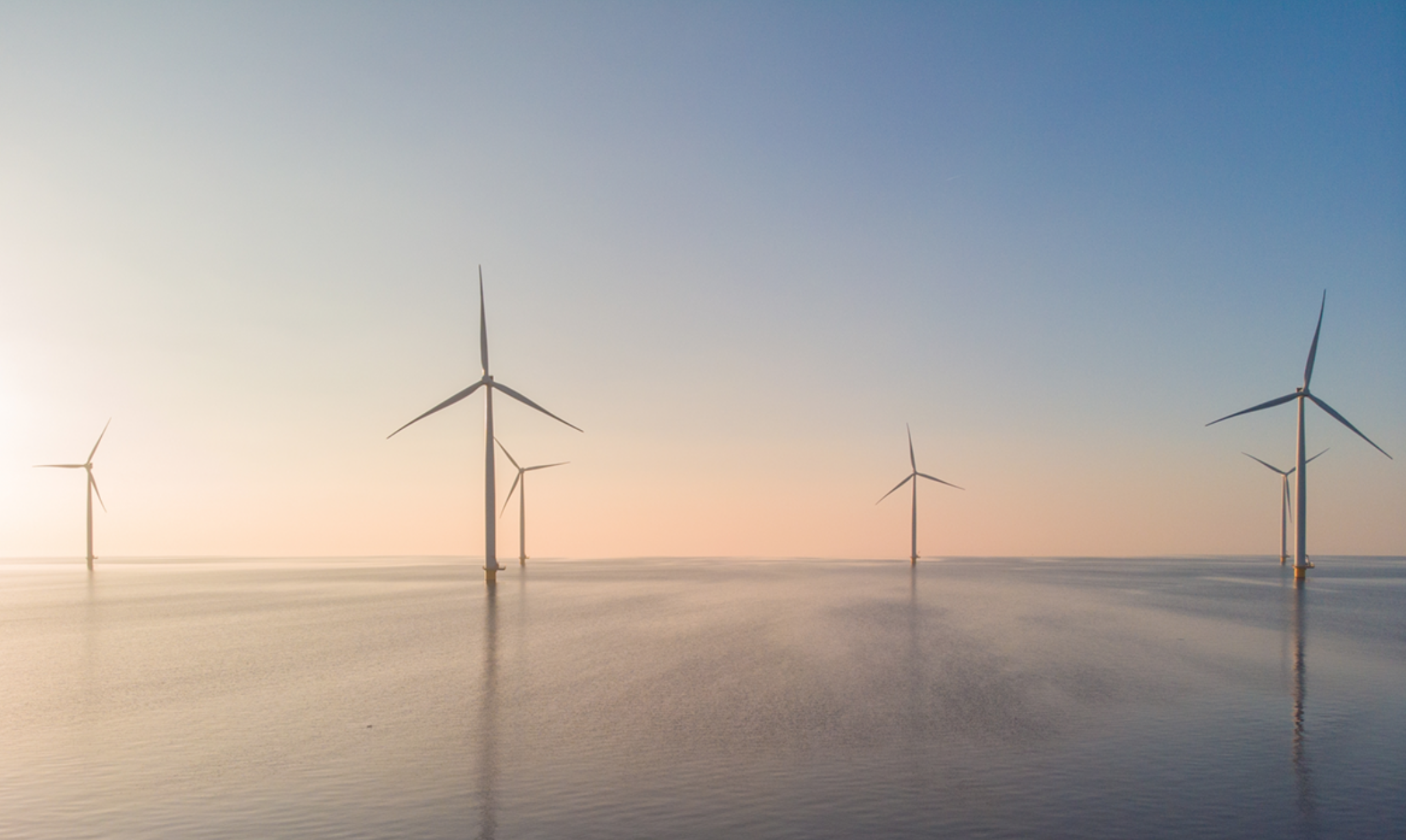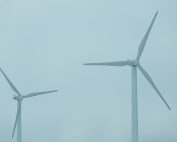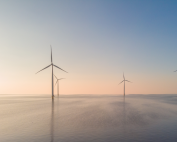On 18 May, the European Commission presented the long-awaited REPowerEU plan, which aims to quickly reduce dependence on raw materials imported from Russia. The key is energy transition. The plan includes an answer to the needs of the RES industry – streamlining permitting, which was welcomed by the wind sector. Danish MEP Morten Petersen (Renew, Denmark) comments for BalticWind.EU.
The transformation of the European energy system could end the EU’s dependence on Russian fossil fuels. Currently, Russia uses raw materials such as gas, oil and coal as economic and political weapons. Europeans bear the heavy cost of buying them – €100 billion a year. By acting as a Union, Europe can end its dependence on Russian fossil fuels more quickly. On 8 March 2022, following the outbreak of war in Ukraine, the Commission presented an initial plan to make Europe independent of Russian fossil fuels well before 2030. In May it presented its details.
REPowerEU envisages investment in energy efficiency, diversification of energy supplies and accelerated deployment of renewable energy to replace fossil fuels in homes and industry.
Key principles of REPowerEU
The centrepiece of the REPowerEU plan is the Reconstruction and Resilience Facility (RRF), which is intended to support the planning and financing of cross-border and national infrastructure, projects and reforms in the energy sector. The EC has proposed targeted amendments to the RRF Regulation.
The Commission proposes strengthening energy efficiency targets, including an increase from 9% to 13% of the binding target set in the RRF. – The binding target, which is set in the ‘Fit-for-55’ package that is part of the European Green Deal. The EC encourages Member States to apply, among other things, reduced VAT rates for energy-efficient heating systems, and thermal upgrading of buildings, appliances and products.
The key is to diversify the supply of raw materials. One of the opportunities is to increase imports of LNG and gas supplies via the pipeline network. The EC wants to consider a joint purchasing mechanism. The Commission will also consider legislative measures to require the Member States to diversify their gas supplies over time. A dedicated platform will enable the joint purchase of green hydrogen, i.e. produced using RES. Hydrogen corridors will be developed in the Mediterranean and the North Sea. Offshore wind energy will play a major role. Last week, the President of the European Commission, Ursula von der Leyen, was in Esbjerg to attend an event where the heads of government of Denmark, Germany, the Netherlands and Belgium signed a declaration on the development of offshore wind energy in the North Sea.
The EC wants to increase the share of RES and speed up project implementation. As part of the ‘Fit-for-55’ package, the Commission proposes to increase the 2030 headline target for RES from 40% to 45%. A special EU strategy for solar energy will be presented, aiming to double the photovoltaic potential by 2025 and install a total of 600 GW by 2030. The Solar Rooftop Initiative foresees a gradual legal obligation to install solar panels on new public and commercial buildings and on new residential buildings. Doubling of the rate of installation of heat pumps and geothermal is envisaged. The Commission wants to finally solve the problem of complicated permitting procedures for large-scale RES projects.
The new target is to produce 10 million tonnes of green hydrogen and import 10 million tonnes by 2030. Additional research funding of EUR 200 million is being allocated to speed up the implementation of hydrogen projects. This is a major opportunity for offshore wind energy, and others.
The Commission is also making guidelines available in renewable energy contracts as well as power purchase, and will prepare a technical advice facility with the European Investment Bank.
Emphasis on permitting
BalticWind.EU asked MEP Morten Helveg Petersen for his comment and assessment of REPowerEU. He points out that The Commission’s REPowerEU plan is ambitious in general, but as far as the deployment of renewables, the plan makes a great leap forward.
“It addresses the issue at its roots, and demonstrates the kind of action and hard political priorities we need; go-to areas for the deployment of renewable energy, faster permit-granting processes, coordination at EU level. It was always policies like this we needed to achieve the climate targets, and now, of course, we also need it in order to stop the sponsoring of Putin’s war”, Petersen said.
“I’m pleased to have put my fingerprints on this part of the REPowerEU plan, of course with valuable input from stakeholders, not least from Baltic Sea stakeholders. Three months ago, our ideas were nowhere near the spotlight, nobody talked about permitting. In recent weeks permitting has been all over the place – and it really was an important point in the REPowerEU plan”.
“By all means, this should pave way for a much quicker deployment of offshore renewables in the Baltic Sea, and that has been a common goal for quite some time”, Petersen said in a commentary for BalticWind.EU.
Wind industry view
The wind industry has responded positively to REPowerEU. European wind energy association WindEurope points out in a position paper that the REPowerEU first and foremost solves the problem of the permitting bottlenecks that are holding back the development of wind and solar power. The new law will introduce the principle that RES are presumed to be in the overriding public interest. Detailed recommendations and guidelines explain how governments can simplify permitting processes. As WindEurope notes, it is significant that “the REPowerEU Action Plan” recognises the need to ‘radically speed up’ wind energy permitting. To this end, the EC has submitted a new legislative proposal on RES permitting, which will be included in the ongoing revision of the EU Renewable Energy Directive.
The proposals introduce EU to the principle that RES are presumed to be in the “overriding public interest”. As a result, their construction can be prioritised in the current energy crisis. The draft then foresees the creation of RES areas, which national governments will have to establish on the basis of a strategic environmental impact assessment. In these areas, projects will have to obtain a permit within one year. Finally, the Commission maintains the existing permitting deadlines – 2 years for normal new projects and 1 year for upgraded projects – but clarifies which permits and procedures must be delivered within these deadlines, WindEurope notes.
“The EU wants to expand wind power from the current 190 GW to 480 GW in just eight years. But this can only be achieved if the permitting procedures are simplified. And that is what REPowerEU aims to do. It also recognises that the EU must support the supply chain for the wind industry – and rightfully so: Five wind turbine manufacturers in Europe are making losses today. Introduce this support: new renewables must be produced in Europe”, Giles Dickson points out.
